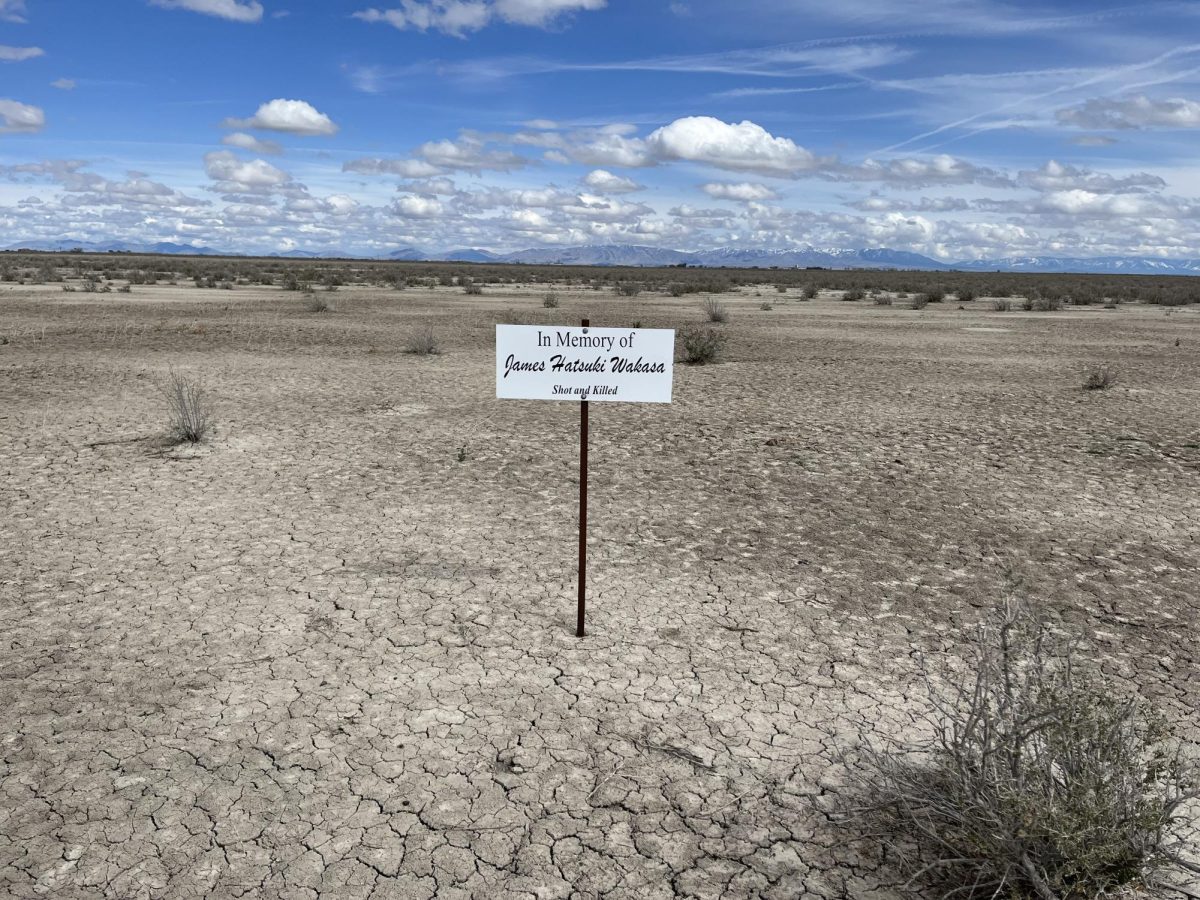Graphic Novels Can Adapt Their Traditional Counterparts for Wider Audiences
March 1, 2022
Graphic novels may make reading more accessible for readers. The adaptation of popular or lengthy books into graphic novels has the potential to increase their reach and provides multimedia engagement to audiences.
From Novels to Graphics
Bookstores have contributed to the popularity of graphic novels in recent years. According to Business Insider, sales reached $500 million through bookstores and online retailers in 2018, bringing in more than double the revenue of comic shops. Despite the stereotype of superhero stories and serialized comics depicting action and adventure stories marketed primarily to young boys — the graphic novel has been transformed into an accessible and diverse form of media.
For young adult readers who are traditionally a target demographic for the graphic novel format, this expansion offers content that is easily accessible and accompanied by visuals as well as text that is often less dense than one might expect from a traditional novel. Gabby Rivera’s novel “Juliet Takes A Breath” became a favorite among writers for its critique of white feminism and its depiction of a queer Latinx character from the Bronx.
Juliet’s journey was translated beautifully into a graphic novel with the illustrative talent of Celia Moscote alongside Rivera’s own adaptation of the novel’s text. The graphic novel is nearly half of the original 320-page book. It is able to translate to shorter form without sacrificing the substance or connections that make the original the powerhouse of storytelling that it is. The transformation from novel to a colorful, illustrative and pointedly written graphic novel extends across genres and generations. Even for older texts, the format can have serious benefits when it comes to the accessibility and time concerns of readers.
Old Books, Same Stories

After its release in 1965 “Dune“ became a fixture in the literature community for generations to come. The 400 some-odd page novel certainly doesn’t prioritize brevity. That said, its length and its dense prose are a deterrent for many readers. Most would never dream of finishing all six of Frank Herbert’s novels or the two subsequent novels written by his son, Brian Herbert and writer Kevin J. Anderson. “Dune: The Graphic Novel” from Brian Herbert and Anderson with illustrations by Raúl Allén and Patricia Martín was released in November 2020 and is the first in a series of three graphic novels that will capture the journey explored in Herbert’s original novel.
Novels, whether they be diverse books, classics or overwhelmingly large pillars of literature, are almost always made more accessible and dynamic than the original source material when adapted into graphic novels. A graphic novel adaptation of a popular read may be the perfect stepping stone for a reader who has little time or finds it difficult to concentrate on longer forms of media. They provide readers with an opportunity to read more or test the waters with a different format of literature. Graphic novels not only provide the opportunity to read more — their illustrations and bites of text are often fun and alluring. This makes them a wonderful and whimsical alternative to the traditional novel.








